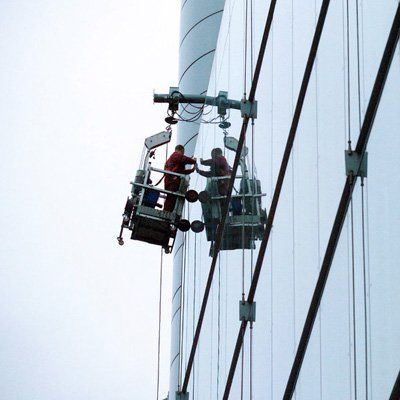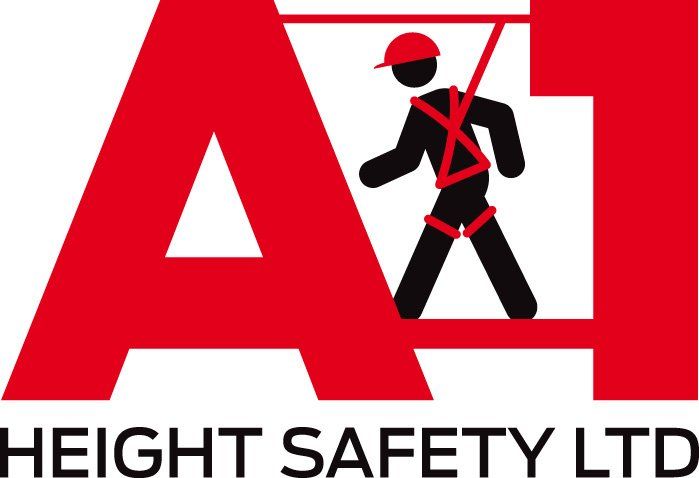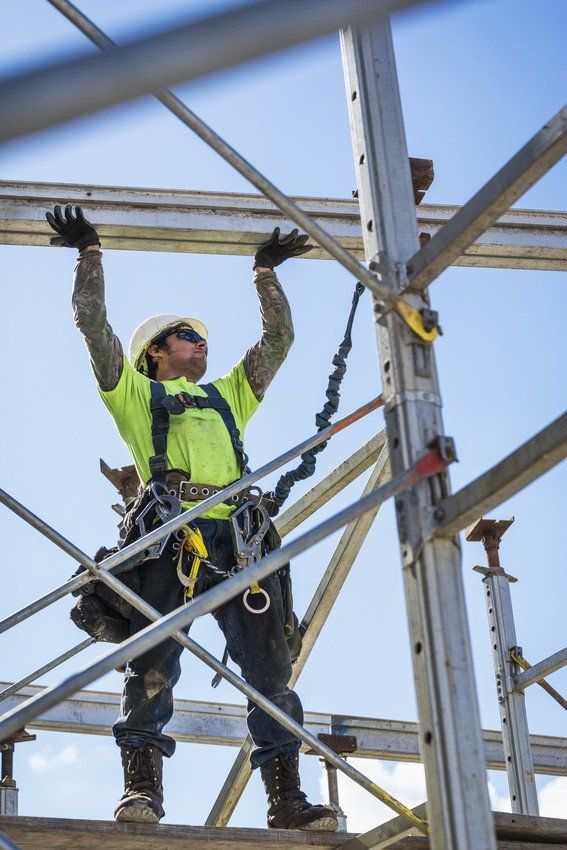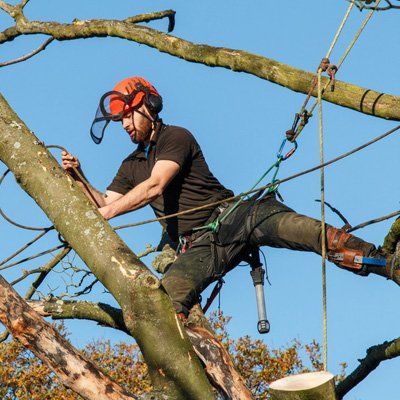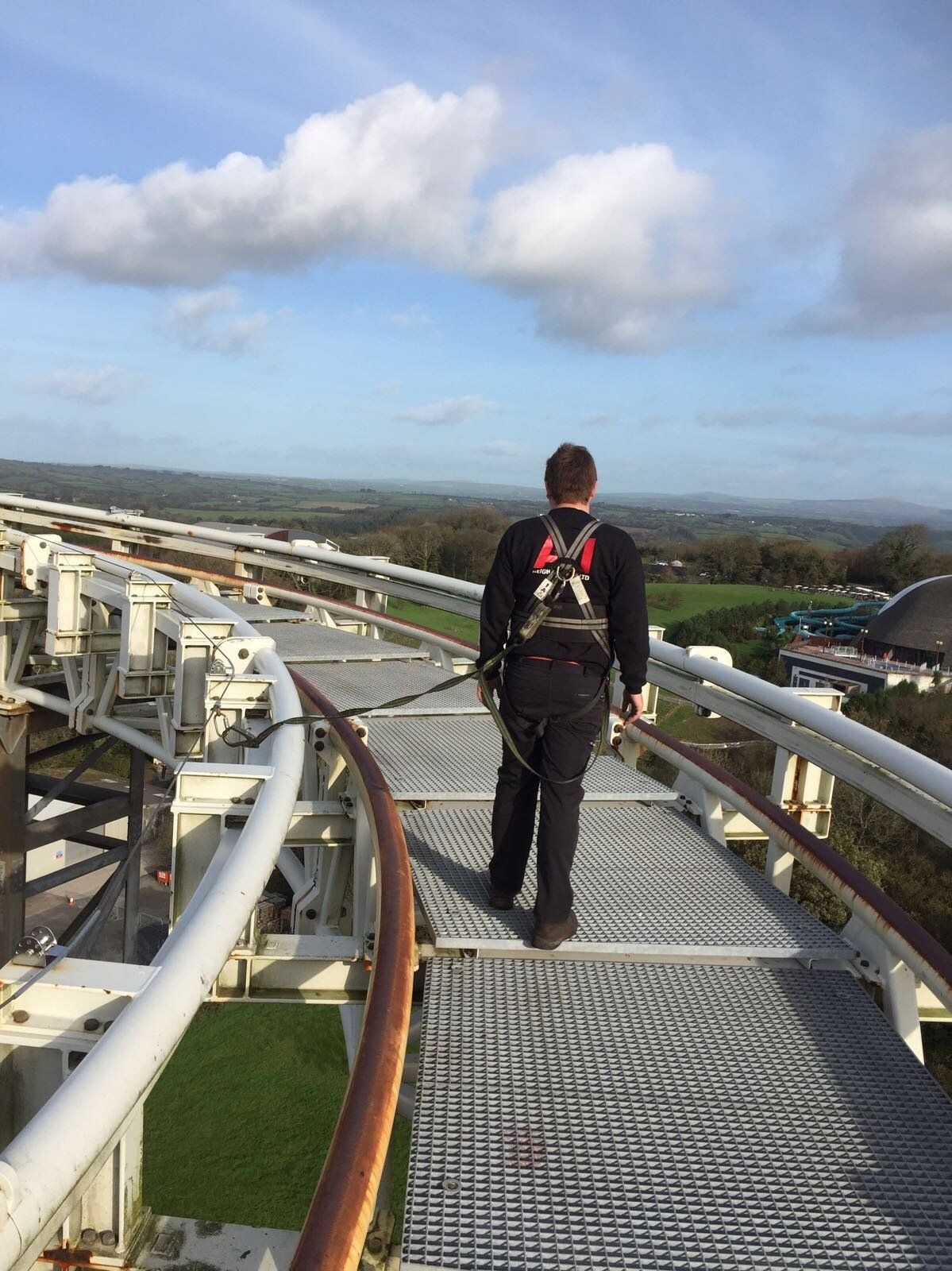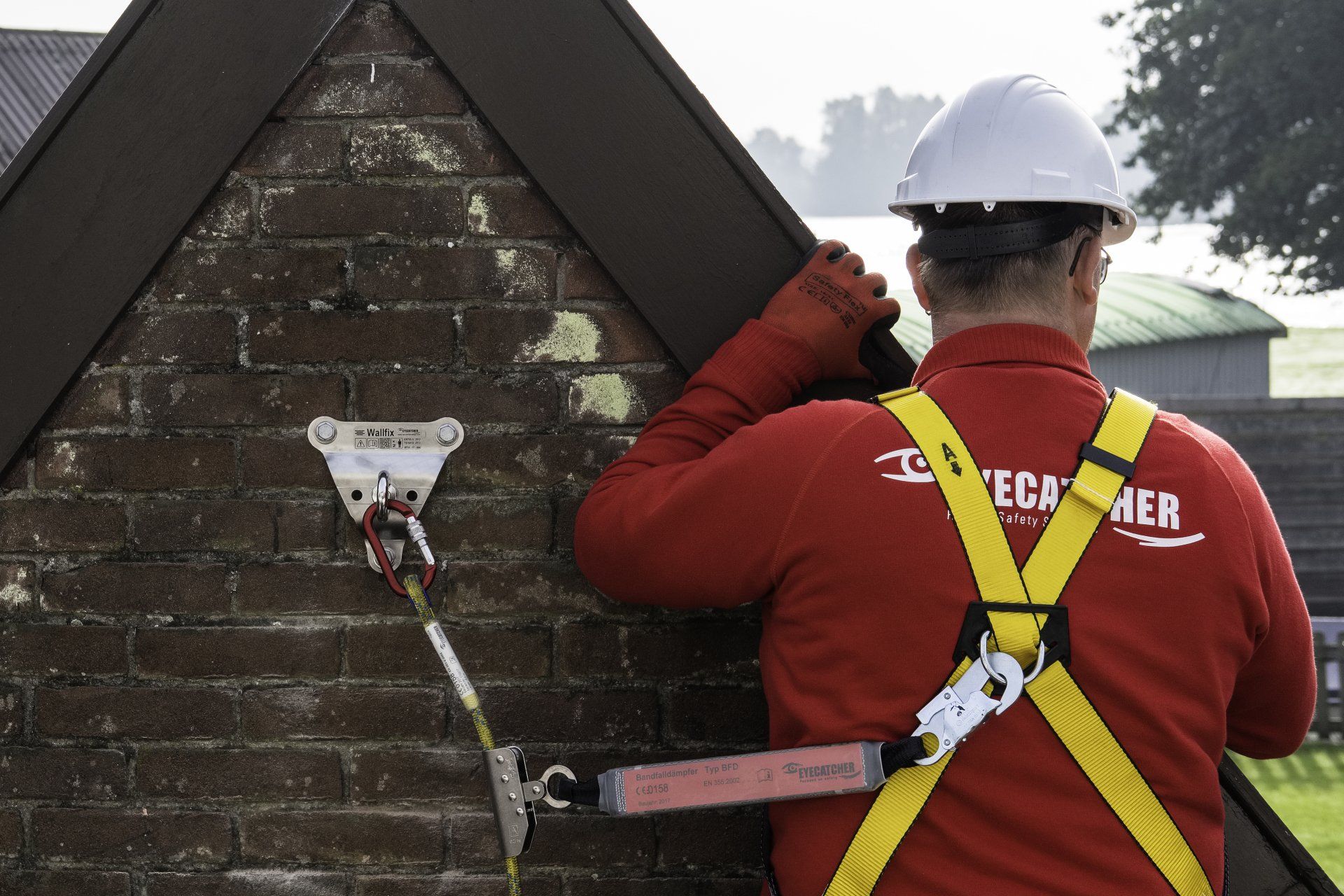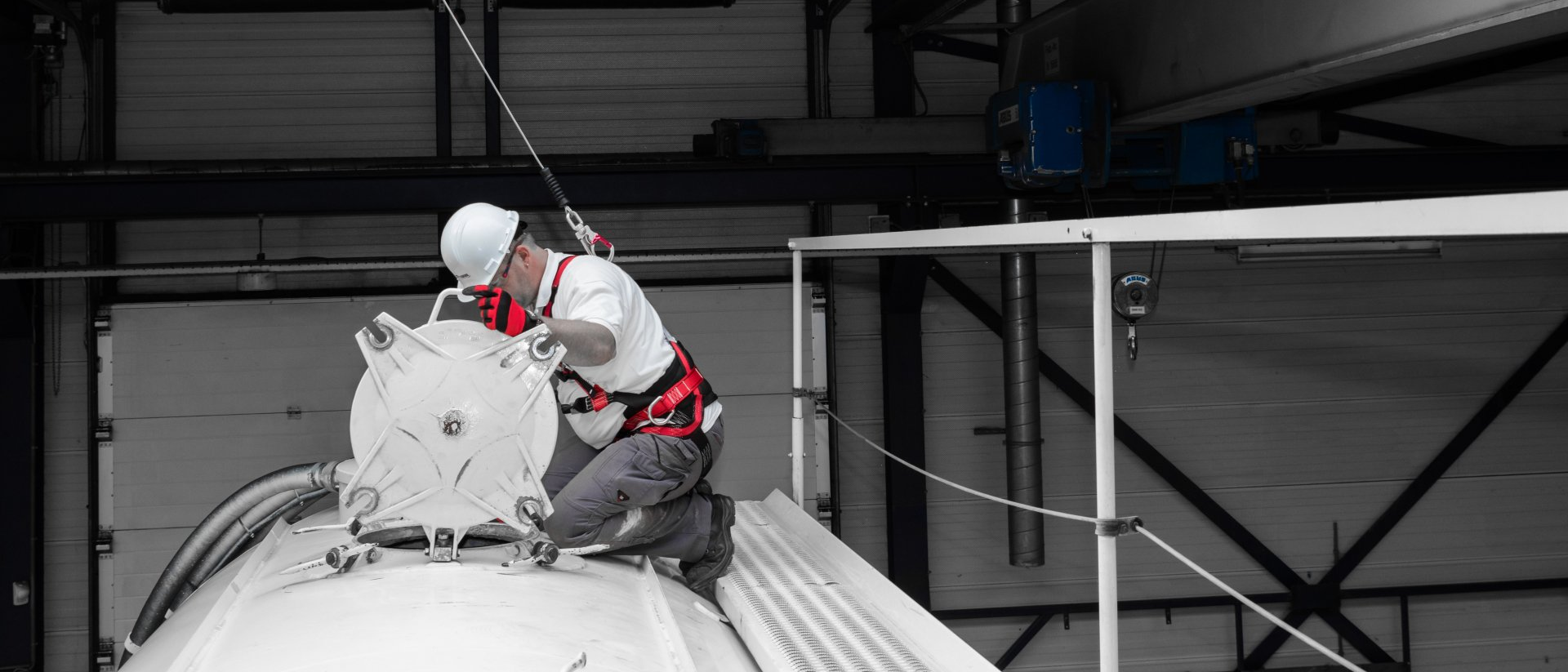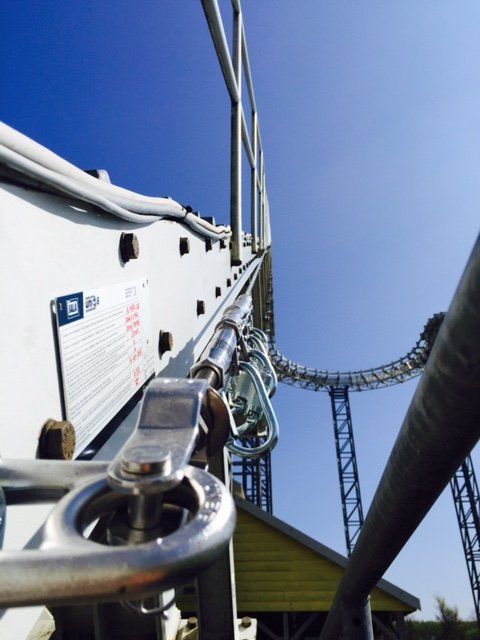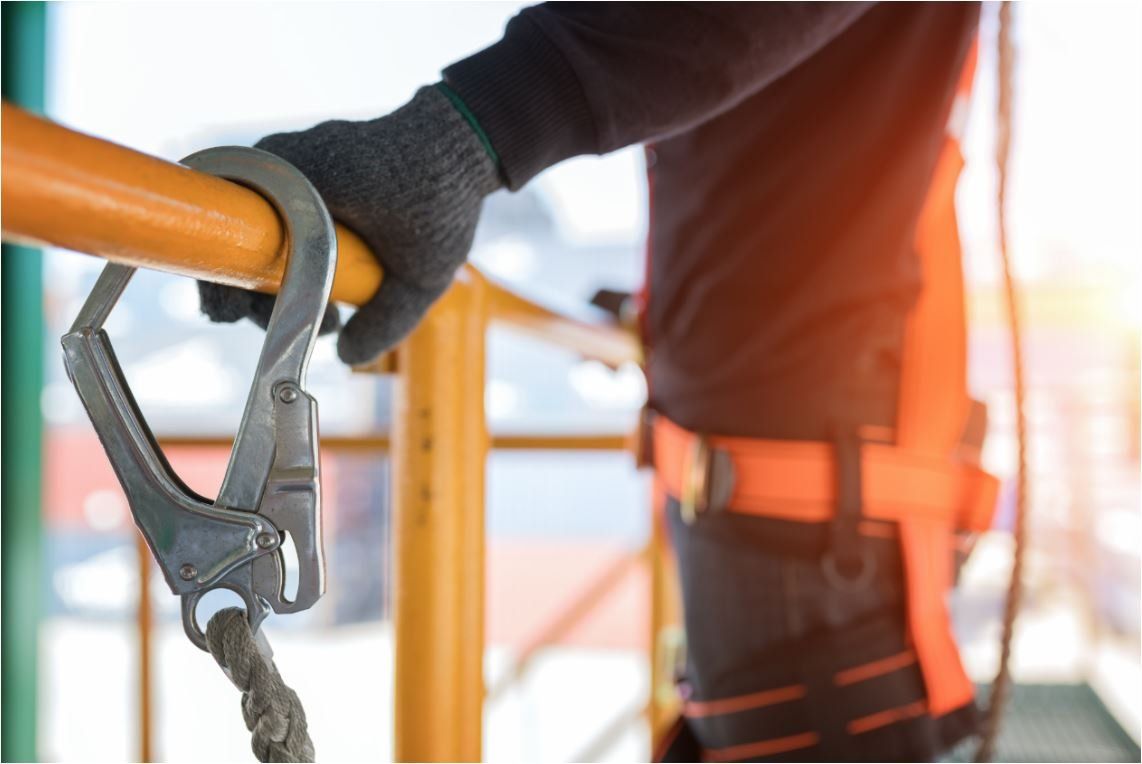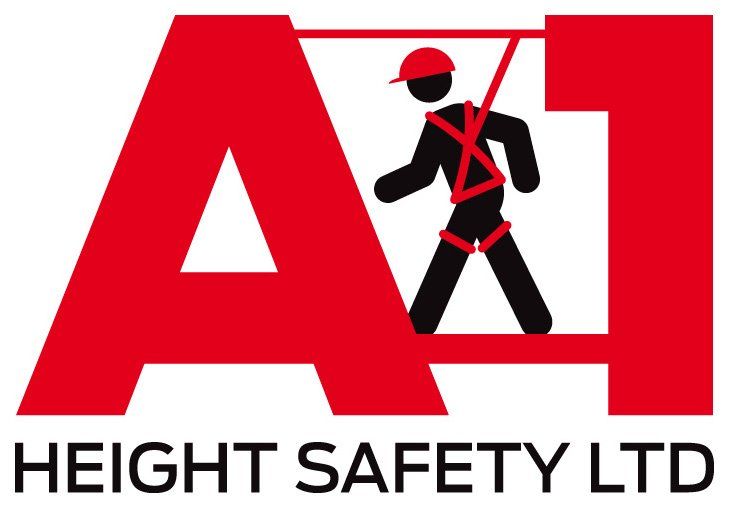How to Work Safely With Scaffolding
Scaffolding is incredibly versatile and used for a number of building and construction projects, including repairs, roof work, building construction and cleaning. However, when it comes to working at height, safety should always be the number one concern and there is potential for accident and injury if proper protocols aren’t followed.
There are many different steps you can take to ensure you’re working safely with scaffolding and these precautions are essential to keep employees safe. If you’ve got an upcoming project that involves working at height, see below for our top tips to stay safe when working with scaffolding.
Prepare the site
Safe scaffolding starts with a secure base, so thoroughly inspect the site for any dips, slopes or uneven ground. Think about the surrounding area too; are there any wires or other obstructions which could compromise safety? Never rush a job - take the time to properly secure all bases and make sure they’re levelled and adjusted.
Regular maintenance and inspection
Thoroughly inspect all materials for any defects or damage before erecting your scaffolding. Look out for any mismatched parts too, as this can cause major safety issues once the scaffolding is built. Once the scaffolding is up, inspect the area at the start of each work day for any debris, hazards, loose parts or other issues which could compromise safety.
Wear the right PPE
The right personal protective equipment (PPE) is absolutely essential to help prevent falls and injuries. All employees should be equipped with hard hats, non-slip boots and thick gloves to protect against cuts. Any scaffold workers should also be fully trained in the use of safety lines and fall arrest systems. This equipment works to prevent falls or guard against injury and fatalities if a fall does occur.
Check the weather
A safe working environment is vital when working at height, so consider delaying scaffolding work during periods of harsh weather. Strong winds and heavy rain can make the scaffolding unsafe and you should also inspect the boards after a night of rain, ice, or snow. If the scaffolding boards are icy or slippery underfoot, delay work until the afternoon or following day.
If you’re looking for the highest quality height safety systems, get in touch with the experts at A1 Height Safety Ltd. We’ve got everything you need to keep employees safe when working with scaffolding, including fall arrest systems, safety line systems, harness anchor points and more. Our team are experts in the design, installation and testing of height safety equipment, so we’re fully confident that we have a system to suit you. For more information about our height safety systems and products, don’t hesitate to give us a call today or contact us via the website.
